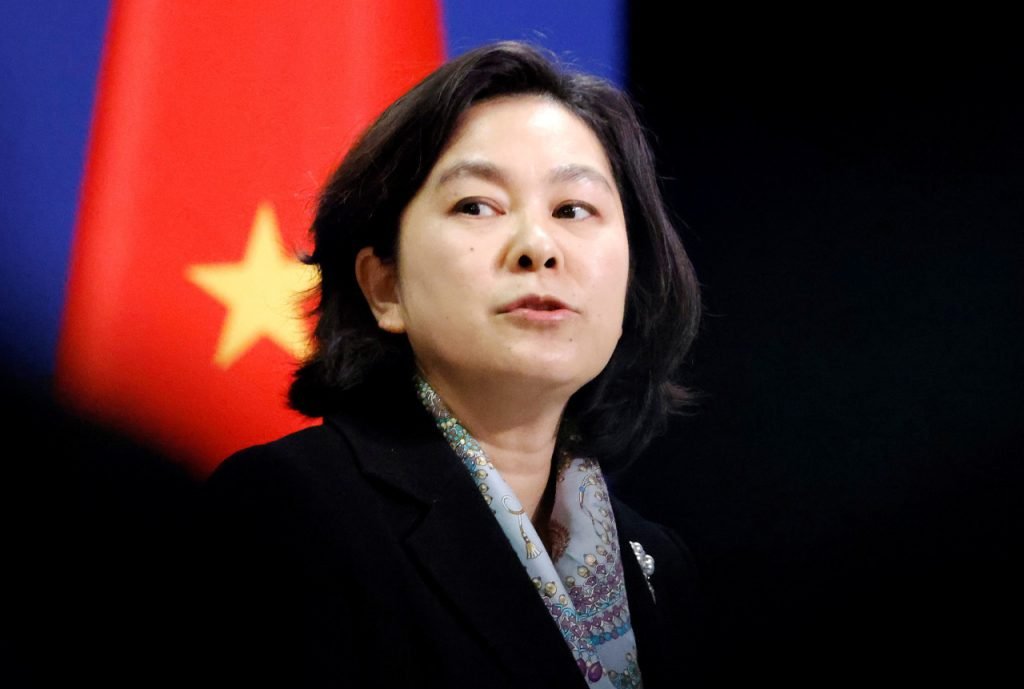First QUAD Leaders’ Summit: China angle being stretched too far?

A page in the history of diplomacy was added as the QUAD leaders presided in the first-ever leaders meet. Although virtual, this meeting sent out both direct and indirect signals to nations across the agenda that these countries have pledged to work on. The Quadrilateral Security Dialogue comprising of Australia, India, Japan and the United States of America, was formed in 2007 was revived under the Trump administration in 2017 to tackle ‘menacing’ issues in the Indo-Pacific region as well as to counter the presence of the dragon. Australian Prime Minister Scott Morrison, Indian Prime Minister Narendra Modi, Japanese Prime Minister Yoshihide Suga and President of the United States of America Joe Biden met to discuss the future roadmap of the QUAD and a message to the world that this alliance is here to stay.
The meeting though brief in nature discussed climate change, the challenges put forward by the ongoing pandemic, emerging technologies and of course the need for a free and exclusive Indo-Pacific region. The leaders writing to the Washington Post mentioned, “Now, in this new age of interconnection and opportunity throughout the Indo-Pacific, we are again summoned to act together in support of a region in need.” It is ambiguous as to what the leaders might imply as ‘region in need.’ Nonetheless, the ambiguity might find itself back to China and its military presence in the South China Sea.
One thing that cannot be overlooked or rather ignored is the naval capacities the QUAD countries hold. Right from India to Japan—countries which have claimed to be equipped with one of the best naval facilities might turn to manoeuvre the situation around this region. When President Biden was elected to office, one claim that he made was to revive and bring back certain alliances which were disrupted under his predecessor’s administration. Biden undid most of the policies executed by Trump, but to address the elephant in the room, where does his administration stand concerning China?
In a joint statement released by the countries, post meet the major takeaways included their commitment to creating a free, open and inclusive Indo-Pacific region; “We strive for a region that is free, open, inclusive, healthy, anchored by democratic values and unconstrained by coercion,” read the statement. Apart from this, the joint statement also pronounced the leaders’ interest in ASEAN’s integrity as a formal association for a better consensus on the Indo-Pacific region, humanitarian investments for post-COVID-19 recovery, North Korea’s de-nuclearization under the UN resolutions, climate change as a priority and how technology could be moulded to facilitate vaccine distribution in the future. The
conclusive remark out of the meeting convened foreign ministers of the QUAD countries to meet frequently during the year and the leaders will hold one summit annually. Post the virtual meet, it was also confirmed that along with India the other QUAD nations will be joining France’s La Pérouse— a naval exercise to be conducted in early April in the Bay of Bengal.
The China Angle
The QUAD nations so far have kept the centrifugal point in the Indo-Pacific region without mentioning China directly. But the intentions of this revival have been felt throughout with the growing tensions between the US and China. The QUAD also sometimes referred to as the ‘Asian NATO’ may or may not be trying to tackle the dragon’s increasing presence but it is most certainly clear that they are against something in the region. Political analysts are conflicted on this stance because there are many intertwined and parallel intricacies running through. Speaking of India, which until very recently did not use the term QUAD, is an integral part of the military as well as its geographical location. The country shares a border with China and has been involved with various border disputes as seen last year. Despite the recent disengagement process around the LAC, it could be a blunder for India to completely trust Beijing. Moreover, India’ non-aligned characteristic puts a very different equation for the QUAD as some analysts argue. Post-meeting, Global Times administered by China reported that India has become inclined to ‘US’s strategy of the Indo-Pacific’. It affirmed that India is playing a negative asset out here to carry a preposterous ‘blackmail’ against China. Indian Foreign Secretary Harsh Shringla countered the statement and mentioned, “As far as India is concerned, we have always said the Quad does not stand against something, it stands for something which is positive, it stands for doing something in the realm of consideration for others.”

The scepticism around the QUAD continues as political analysts delve to understand this alliance. Some argue that this association is far from being united as the US was very quick to retaliate to the socialist Soviet in yesteryears. However, now the take on China seems ambiguous while being concrete. The Biden administration has also initiated a talk between US Secretary of State Antony Blinken and Chinese Foreign Minister Wang Yi next week. This would be another significant meeting as US-China relations have soured up during Trump’s incumbency. The operative outcome of the meet is awaited as well as anticipated but the question that arises here is where do QUAD stands then?
The leaders meet has certainly taken the policies around Indo-Pacific to a level higher, however, it will only be a matter of time to witness this ‘inordinate’ organization to take cognizance and lay the actions ahead.


















